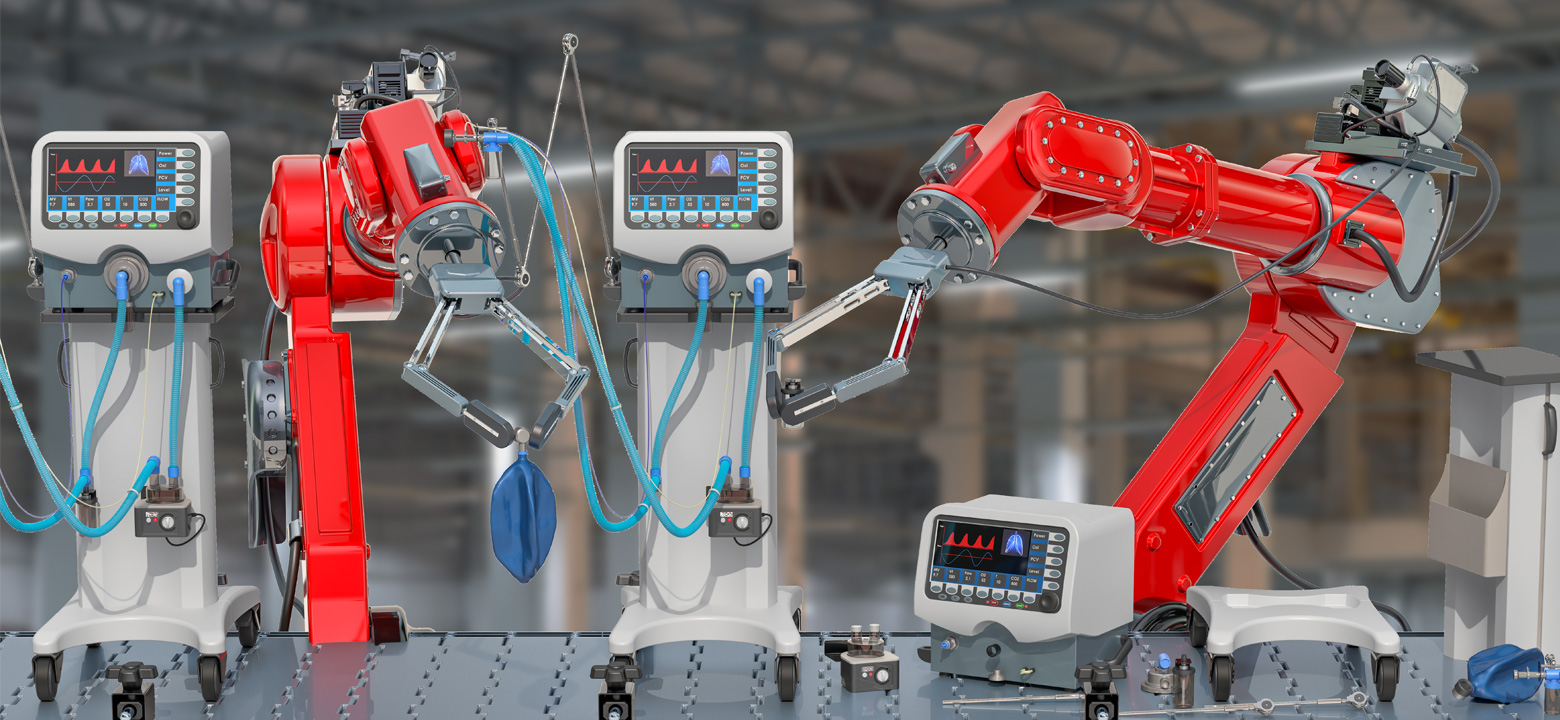
The novel coronavirus has hit every industry hard, especially manufacturing. In some cases, social distancing and shelter-in-place orders have also reduced demand, but this isn't necessarily true for manufacturers of medical devices. How has COVID-19 impacted the medical device manufacturing industry?
The medical device industry has been growing, and the U.S. market is the largest worldwide. Innovations in technology have shifted the emphasis from pharmaceuticals to medical technology, and there is constant pressure for manufacturers to create devices that are more efficient, secure, and cost-effective. COVID-19 has not lessened these pressures—as many hospitals find themselves under-equipped to handle their increased patient load, the demand for devices like efficient, inexpensive ventilators has grown far beyond the available supply.
In some cases, demand has shifted the other way. With so many hospitals and medical professionals working to treat patients with severe cases of COVID-19, elective surgeries, non-emergency diagnostic imaging, and other procedures have been rescheduled or canceled. This has decreased the demand for related medical equipment. While some medical device manufacturers are struggling to keep on top of all of the orders coming in, others are seeing their numbers plummet.
With so many hospitals and medical personnel at risk of contracting the novel coronavirus, there's been a big push toward creating protective gear in unprecedented numbers. For the most part, companies that produce medical-grade protective equipment have been working at capacity.
Researchers, manufacturers, and government officials in Texas have actually formed an alliance to produce masks, gowns, and other gear needed to keep healthcare workers safe. The idea was born when manufacturers began having to fill requests for protective gear back in March. As more and more businesses and healthcare officials found themselves contacting each other to track down raw materials and finished gear, they realized that banding together would make the process more efficient. It should be noted that not all of the manufacturing members of this alliance typically produce medical goods, either—some of them include textile companies pressed into service to fill in gaps for swamped gown and mask producers.
On the military side, the Rapid Agile Manufacturing Platform is an initiative to keep the Air Force's supply system separate from the civilian medical market. Since medical device manufacturers are busy filling orders for the civilian market, they have turned to automotive producers and 3D printing factories to fill their needs. Previously, contracts awarded to a single company with one factory line and a limited supply chain restricted the ability to respond to crises. This platform allows the military to fill its needs in an agile manner, without straining the medical manufacturing industry.
One of the problems exposed by COVID-19 is the over-reliance of U.S. manufacturers on suppliers overseas. Many key medical products aren't produced domestically, which creates serious supply problems in the event of an emergency. Ballad Health and Premier Inc. have banded together to invest in domestic manufacturers to bolster the supply chain for essential medical products. Their first areas of focus are manufacturers of personal protective equipment, as well as geographically widespread producers of medical products currently facing shortages.
Manufacturing alliances have an added benefit here, too: They help medical device manufacturers respond to supply chain disruptions. Even if the medical manufacturing industry is getting plenty of orders, it doesn't help if those orders can't be filled. Right now many of the necessary raw materials for medical devices come from all around the world, and, with so many areas experiencing COVID-19 hotspots, availability is sometimes limited. Manufacturing alliances allow for more supply chain flexibility—if parts and materials can't be sourced from one area, a suitable alternative is only a phone call away.
If supply chain disruptions were the only risk facing the manufacturing industry, things would be relatively simple. Unfortunately, manufacturers also need to have strategies in place to manage other risks as well. Having a robust and agile supply chain doesn't help a manufacturer that has to close because of a COVID-19 outbreak.
While some areas have been able to flatten the curve, experts predict a second wave of infections potentially more severe than the first. Manufacturers who haven't planned appropriately, updated their infrastructure, and created solid contingency plans might find themselves shutting their doors.
Right now, many medical device manufacturers are scrambling to resolve supply chain issues and fill orders for ventilators and personal protective gear. While this strategy is helpful in the short term, focusing too narrowly on supply chains may be problematic over a longer timeline. Failing to plan for a second wave of infections, or any of the other continuity disruptions that can happen alongside COVID-19, can lead to even bigger trouble in the long run.